
When I started homeschooling over eleven years ago, I had no idea that there were different homeschool teaching styles (or philosophies, if you prefer to use a fancier word). I just started on my merry way and a few years later someone asked me if we were Charlotte Mason or Eclectic.
Say what?? Who in the world was Charlotte Mason and eclectic…well, that just sounded so scattered!
Honestly, I had no idea what my answer truly was, and it was something that made me sit down and look things over (because my Type A personality just HAD to know). For those of you newer to homeschooling, or maybe as clueless as I was, a quick look at several of the different approaches may be helpful to you too.
What are the Different Educational Philosophies?
Just like our children are all different, there are many different ways that we can approach teaching our children. Believe it or not, we as parents are different too and have different ideas and beliefs on how to best approach education. These approaches aren’t just in the homeschooling realm, but also exist in the public school realm as well.
It’s great to have a basic understanding of the different philosophies and honestly, they each have aspects that are helpful. Don’t put down one idea over another. There is something to glean from each area!!
This post briefly covers a few key philosophies: Traditional, Charlotte Mason, Classical, Unit Studies, Unschooling, and Eclectic. Keep in mind that you may identify with parts of different philosophies – and that’s okay!
Traditional
This method revolves more around traditional textbooks and worksheets to determine if a child is learning. Work may be graded, tests given, etc…and can look more similar to a traditional school setting. Many may say it just is the school classroom dropped into a home.
Your family may use this method in certain subject areas and not in all (for example math or grammar). It may also be your overall teaching style as well (we have friends who follow this method exclusively).
A few companies to consider for the traditional method: A Beka and Rod and Staff.
image courtesy of Microsoft
Charlotte Mason
This philosophy began in the 1800’s by a woman named Charlotte Mason. She believed that children should learn from real life through playing and creating. Part of the real-life learning would include plenty of nature walks and art studies. Instead of textbooks, children use “living books” – or books that make subjects come alive. This approach also includes more discussion and narration, not test taking for determining learning.
Helpful texts for this approach include A Charlotte Mason Companion by Karen Andreola and Ambleside Online.
Classical
This method uses the Trivium: reason, record, research, relate, and rhetoric. Not sure what that means? In the early stages of learning, children learn the basics of reading, writing, and math. They then move into the grammar stage, then the dialectic stage, and then rhetoric (usually high school age).
One of the key things that you’ll notice about this method is the four year teaching cycle of history and science (the topics repeat every four years). We have followed this approach in our history studies and you may already be familiar with a text that follows the classical approach, Story of the World. This method also frequently focuses on learning Latin as a part of study.
Helpful texts for this approach include The Well-Trained Mind by Jessie Wise and Susan Wise Bauer and Teaching the Trivium by Harvie and Laurie Bluedorn.
image courtesy of Microsoft
Unit Studies
This method of study is fairly straight forward. If your child is interested in the ocean, you would read books that covered that topic, write about topics that related to the ocean (writing/grammar/spelling), learn more about scientists and animals {science}, etc. It can also be tied into a literature theme (i.e. based on a book that is read together).
Basically, unit studies cover a certain theme. Some parents may come up with all of their material on their own for a theme, but there are many companies and sites that offer lessons and ideas packaged together. It might get a little trickier as students get older to include all subject areas. This is how we initially started our homeschool journey – with country studies that led us around the world and studying all sorts of different things!
A few companies that use the Unit Study approach: Five in a Row and Konos.
Unschooling
This method would be mainly opposite of the public school philosophy. Instruction is led by the interests of the child and is very relaxed. Formal lessons may not be involved. It follows the belief that children are all curious and natural learners and they will continue to learn as they grow and develop.
Book for further learning: How Children Learn by John Holt.
Eclectic
Basically, this method focuses on a little bit of this and a little bit of that. It’s eclectic! Maybe you are classical in your history approach, Charlotte Mason in science, a bit more traditional in math, etc… You cover subjects with your family in a manner that best suits your individual needs.
What is Your Teaching Style?
Quite honestly, our family fits more in this latter category now that we are a bit down the road of homeschooling. Depending on our children, we’ve adjusted pieces of our curriculum (and teaching) to flow with how they learn best and what works with our family.
Over the years you may notice your teaching style changes – that is fine!! Don’t panic! Be sure to read up on the different philosophies and do a little more research on your own too.
Have you determined your teaching style? Leave a comment below and tell us yours – we’d love to hear.
This post is a part of the Homeschool Basics series. Be sure to read the other posts if you are just joining in. For the record, I am not an expert. I’m a homeschool mom who is sharing what she’s learned so far along the way with her own family.




![clip_image002[5] clip_image002[5]](https://www.homeschoolcreations.net/wp-content/uploads/2013/04/clip_image0025_thumb.jpg)


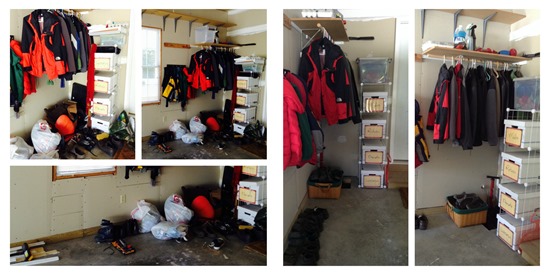
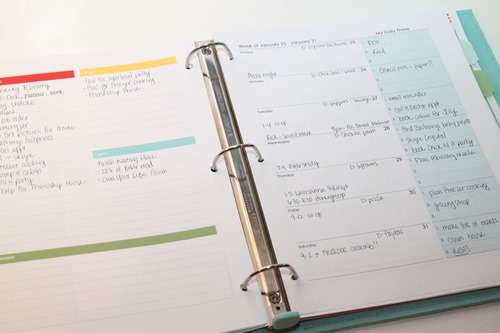
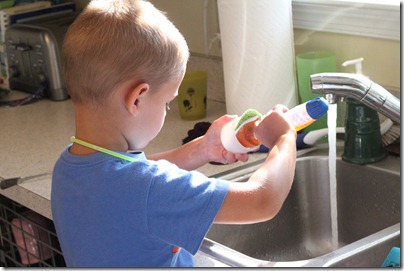
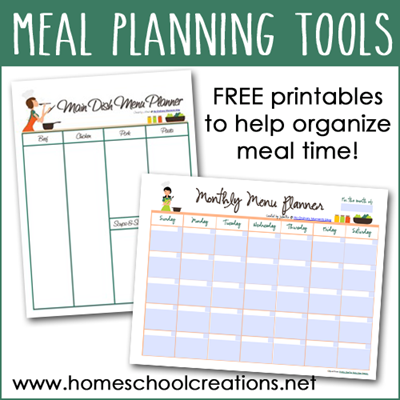





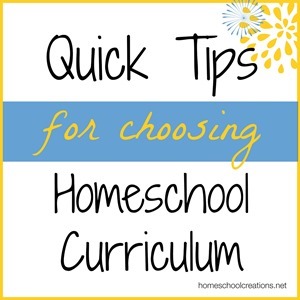

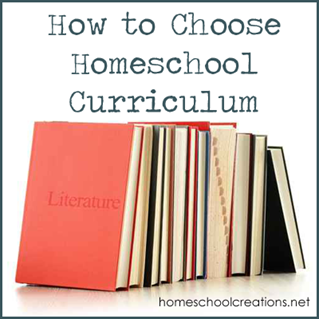

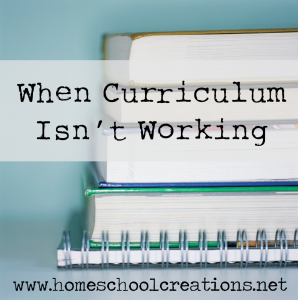






 The printables shared on this site are FREE of charge unless otherwise noted, and you are welcome to download them for your personal and/or classroom use only. However, free or purchased printables are NOT to be reproduced, hosted, sold, shared, or stored on any other website or electronic retrieval system (such as Scribd or Google docs). My printables are copyright protected and I appreciate your help in keeping them that way.
If you download and use some of my printables and then blog about them, please provide a link back to my blog and let me know - I'd love to see how you are using them! Please be sure to link to the blog post or web page and not directly to the file itself. Thank you!
The printables shared on this site are FREE of charge unless otherwise noted, and you are welcome to download them for your personal and/or classroom use only. However, free or purchased printables are NOT to be reproduced, hosted, sold, shared, or stored on any other website or electronic retrieval system (such as Scribd or Google docs). My printables are copyright protected and I appreciate your help in keeping them that way.
If you download and use some of my printables and then blog about them, please provide a link back to my blog and let me know - I'd love to see how you are using them! Please be sure to link to the blog post or web page and not directly to the file itself. Thank you!